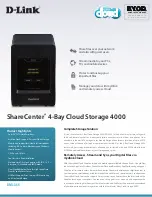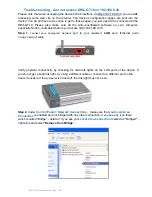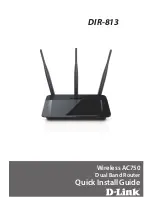
223
Task Command
Display MAC authentication information.
display mac-authentication
[
interface
interface-type
interface-number
]
(In standalone mode.) Display MAC
authentication connections.
display mac-authentication connection
[
interface
interface-type interface-number
|
slot
slot-number
|
user-mac
mac-address
|
user-name
user-name
]
(In IRF mode.) Display MAC authentication
connections.
display mac-authentication connection
[
chassis
chassis-number
slot
slot-number
|
interface
interface-type interface-number
|
user-mac
mac-address
|
user-name
user-name
]
Clear MAC authentication statistics.
reset mac-authentication statistics
[
interface
interface-type interface-number
]
Remove users from the MAC authentication
critical VLAN on a port.
reset mac-authentication critical-vlan interface
interface-type interface-number
[
mac-address
mac-address
]
Remove users from the MAC authentication
guest VLAN on a port.
reset mac-authentication guest-vlan interface
interface-type interface-number
[
mac-address
mac-address
]
MAC authentication configuration examples
Example: Configuring local MAC authentication
Network configuration
As shown in
, the device performs local MAC authentication on GigabitEthernet 1/0/1 to
control Internet access of users.
Configure the device to meet the following requirements:
•
Detect whether a user has gone offline every 180 seconds.
•
Deny a user for 180 seconds if the user fails MAC authentication.
•
Authenticate all users in ISP domain
bbb
.
•
Use the MAC address of each user as the username and password for authentication. A MAC
address is in the hexadecimal notation with hyphens, and letters are in lower case.
Figure 69 Network diagram
Procedure
# Add a network access local user. In this example, configure both the username and password as
Host A's MAC address 00-e0-fc-12-34-56.
<Device> system-view
[Device] local-user 00-e0-fc-12-34-56 class network
[Device-luser-network-00-e0-fc-12-34-56] password simple 00-e0-fc-12-34-56
















































